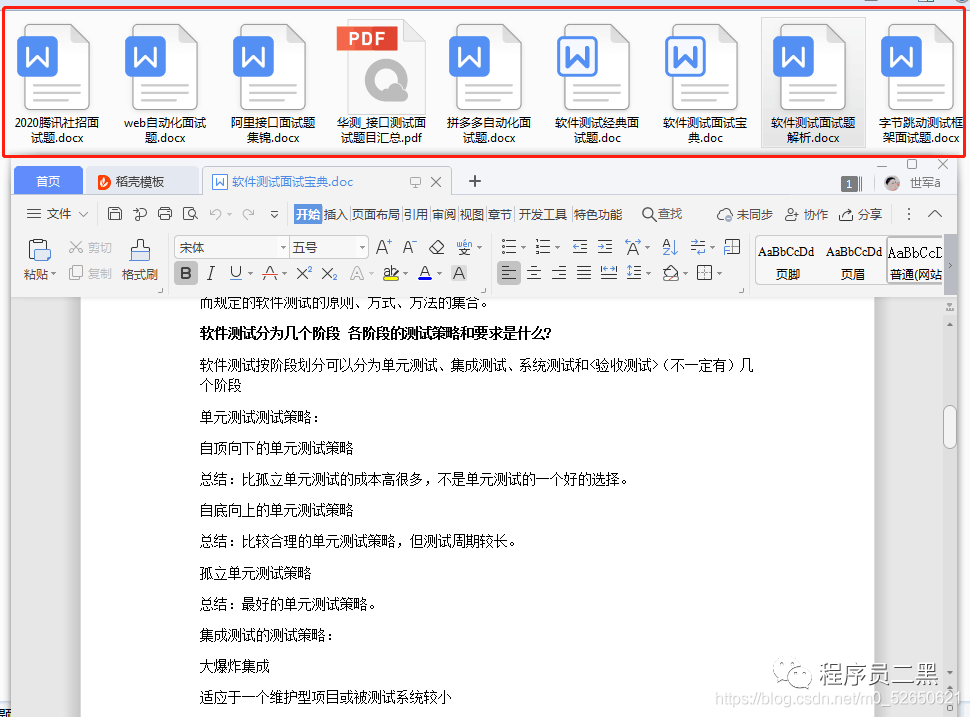When I recursive through some folders and files, I encounter this error:
The specified path, file name, or both are too long. The fully qualified file name must be less than 260 characters, and the directoryname must be less than 248 characters.
Here's my function
private void ProcessDirectory(DirectoryInfo di)
{
try
{
DirectoryInfo[] diArr = di.GetDirectories();
foreach (DirectoryInfo directoryInfo in diArr)
{
if (StopCheck)
return;
ProcessDirectory(directoryInfo);
}
ProcessFile(di);
}
catch (Exception e)
{
listBoxError.Items.Add(e.Message);
}
TextBoxCurrentFolder.Text = di.ToString();
}
I cannot make the directory names shorter, because I'm not allowed too so... How can I solve this problem?
Added:
Here's the other function:
private void ProcessFile(DirectoryInfo di)
{
try
{
FileInfo[] fileInfo = di.GetFiles();
if (fileInfo.LongLength != 0)
{
foreach (FileInfo info in fileInfo)
{
Size += info.Length;
CountFile++;
}
}
}
catch (Exception e)
{
listBoxError.Items.Add(e.Message);
}
}
EDIT
Found this where he used Zeta Long Paths:
How can I use FileInfo class, avoiding PathTooLongException?
Have implemented it and now i'm going to let the program run over the night to see if it works.
EDIT
Used the ZetaLongPath yesterday and it worked great! It even went through folders that needed permission access.
EDIT
Instead of zetalongPath, I've used Delimon.Win32.IO.dll which i think is much better. It has the same interfaces as Win32.
Here's more info about the Delimon library referred to earlier. Its a .NET Framework 4 based library on Microsoft TechNet for overcoming the long filenames problem:
Delimon.Win32.IO Library (V4.0).
It has its own versions of key methods from System.IO. For example, you would replace:
System.IO.Directory.GetFiles
with
Delimon.Win32.IO.Directory.GetFiles
which will let you handle long files and folders.
From the website:
Delimon.Win32.IO replaces basic file functions of System.IO and
supports File & Folder names up to up to 32,767 Characters.
This Library is written on .NET Framework 4.0 and can be used either
on x86 & x64 systems. The File & Folder limitations of the standard
System.IO namespace can work with files that have 260 characters in a
filename and 240 characters in a folder name (MAX_PATH is usually
configured as 260 characters). Typically you run into the
System.IO.PathTooLongException Error with the Standard .NET Library.
This is a known limitation in Windows: http://msdn.microsoft.com/en-us/library/aa365247.aspx
I don't believe you'll be able to get around it, so whoever is telling you that you aren't allowed to make them shorter, you'll have a pretty solid argument as to why you have to.
The only real alternative is to move the deep folder somewhere else, maybe right at the root of your drive.
EDIT: Actually there may be a workaround: http://www.codinghorror.com/blog/2006/11/filesystem-paths-how-long-is-too-long.html
You can use the subst command. It creates a virtual drive starting at whatever folder you pass as parameter.
For example, you can turn the path c:\aaaaaaaaaaaaaaaaaaaaaa\aaaaaaaaaaaaaaaaaaaa\aaaaaaaaaaaaaa into the drive R: and continue exploring the subfolders of c:\aaaaaaaaaaaaaaaaaaaaaa\aaaaaaaaaaaaaaaaaaaa\aaaaaaaaaaaaaa thru R:...
Do you know what I mean?
You'll have to use P/Invoke and the Unicode version of the Win32 API functions. You'll need FindFirstFile, FindNextFile and FindClose functions.
Also see:
- C# deleting a folder that has long paths
- DirectoryInfo, FileInfo and very long path
I also recommend reading this three-part blog post from the BCL Team, published in 2007, but relating specifically to the limitations of DirectoryInfo when it comes to deeply nested folders. It covers the history of the MAX_PATH limitation, the newer \?\ path format, and various .NET-based solutions and workarounds.
Comprehensive, though perhaps a bit dated.


